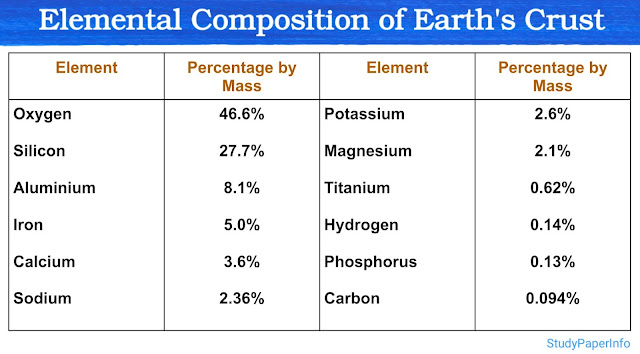What are the salient features of the chromosomal theory of inheritance?
The Chromosomal Theory of Inheritance, proposed by Walter Sutton (1902) and Theodor Boveri (1902–1903), explains that genes are carried on chromosomes and their behaviour during meiosis directly relates to Mendel's laws of inheritance. The following are its main features:
1. Chromosomes are the physical carriers of hereditary information:
According to this theory, genes (units of inheritance) are physically located on chromosomes. These chromosomes are passed from parents to offspring during reproduction. Each chromosome carries many genes and this explains how traits are inherited generation after generation.
2. Chromosomes occur in homologous pairs in diploid cells:
Every diploid organism has two sets of chromosomes, one set from the mother and one from the father. Each chromosome in one set has a matching partner in the other set, called its homologous pair. These homologous chromosomes carry the same type of genes but possibly different alleles.
3. Homologous chromosomes segregate during meiosis:
During the process of meiosis (specifically in Anaphase I), homologous chromosomes are separated and distributed into different gametes. This segregation of chromosomes explains Mendel's Law of Segregation, where alleles of a gene separate into different gametes.
4. Independent assortment of chromosomes explains genetic variation:
During metaphase I of meiosis, the orientation of each homologous pair is random. This means that maternal and paternal chromosomes are assorted independently into gametes. This physical basis supports Mendel's Law of Independent Assortment, leading to variation among offspring.
5. Fertilization restores the diploid condition:
When two haploid gametes (egg and sperm) fuse during fertilization, the diploid number of chromosomes is restored. This ensures that the chromosome number remains constant across generations and both parental sets contribute equally to the genetic material of the offspring.


Comments
Post a Comment